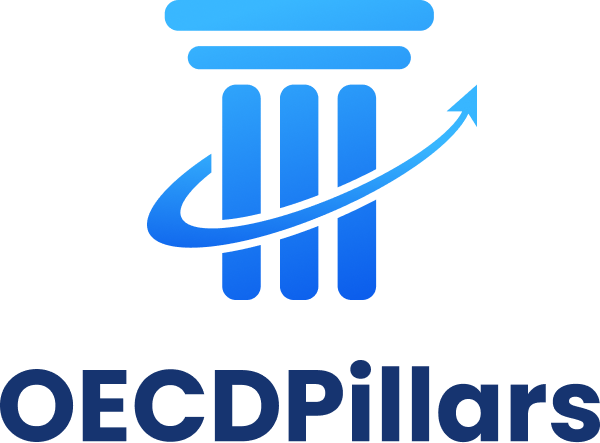Jerseys Approach to the Implementation of Pillar Two

The Jersey government issued a tax policy paper on the implementation of Pillar Two. In this members-only article, we look at the options discussed and the impact on MNE groups with holding companies and subsidiaries in Jersey.
Pillar Two Deferred Tax Asset Calculator

Deferred Tax is a key element of the Pillar Two Rules, aimed at smoothing out the effective tax rate to address timing differences. This simple Pillar Two deferred tax calculator shows the broad operation of a deferred tax asset and its impact on the effective tax rate and top-up tax.
An Analysis of Tax Incentives in Latin America and the impact of Pillar Two

Latin American countries tend to have relatively high nominal corporate income tax rates, but they can offer significant tax incentives that can push the effective tax rate down substantially.
UK Draft Legislation for Pillar Two – What to Expect?

The UK is set to publish draft legislation to implement Pillar Two of the OECDs Two-Pillar Solution in July 2022. In this post we consider the key outstanding matters relating to the UK’s implementation of Pillar Two, including: Application to Small Groups, The Undertaxed Profits Rule, Reporting and Payment, Joint and Several Liability, CbC Simplification and a Domestic Minimum Tax.
The Importance of Domestic Minimum Taxes Qualifying as QDMTT

Qualifying Domestic Minimum Top-Up Taxes (QDMTT’s) are a key part of the top-up tax calculation. Jurisdictions are free to introduce them or not and they are taken into account when calculating jurisdictional top-up tax. In this article we look at why a domestic minimum tax would need to be set at above 15% if it was not a qualifying domestic minimum top-up tax.
Tax Incentives that Don’t Reduce the Pillar Two Effective Tax Rate

The effective tax rate (ETR) under the GloBE rules is compared to the 15% global minimum rate for the purposes of determining whether a jurisdiction is a low-taxed jurisdiction and whether any top-up tax is potentially due.
Therefore, MNE’s will be looking to avoid reducing their ETR where they are either below or just above the 15% global minimum rate.
In this article we look at some of the key tax incentives under the GloBE rules that don’t impact on the GloBE effective tax rate.
Flowchart Showing the Application of the Income Inclusion Rule, including Intermediate Parent Entities and POPE’s

This flowchart breaks down all the inclusion inclusion rules into simple steps to allow you to identify which entity in a group is liable for the Pillar Two top-up tax. It includes all the variations of the rules including the specific rules for intermediate parent entities and partially-owned parent entities (POPE’s).
Analysis of R&D Tax Credit Regimes Internationally and their Treatment under Pillar Two

Tax credits under the Pillar Two GloBE rules can be either refundable or non-refundable. A qualifying refundable tax credit is treated as income for Pillar Two purposes as opposed to a reduction in covered taxes. This can have a significant impact on the MNE’s effective tax rate. In this article we provide an analysis of R&D tax credit regimes internationally to determine which are, and which aren’t, qualifying refundable tax credits.
Restructuring a Group to Maximize Pillar Two Tax Efficiency

In this article we look at a typical planning scenario for an MNE to maximize tax efficiency under the Pillar Two rules.






